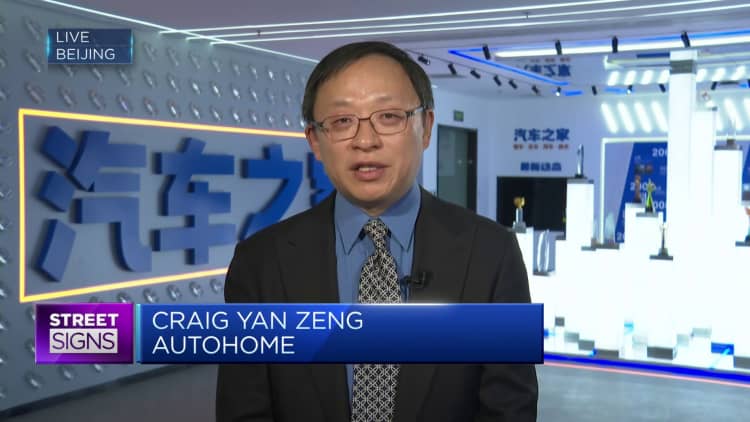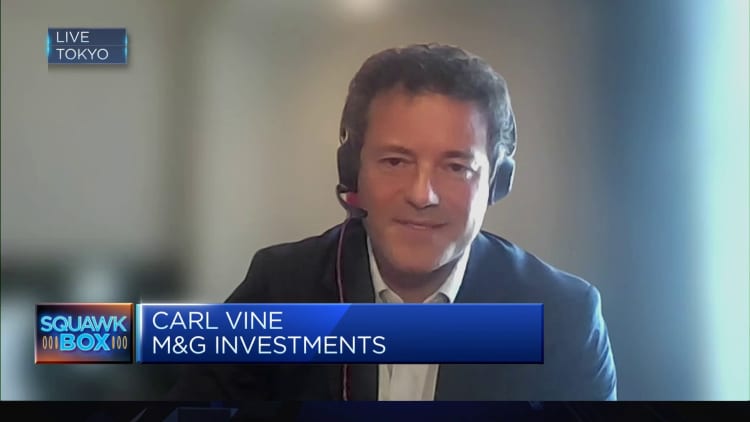Asia-Pacific markets are higher Friday, as the Bank of Japan again left its benchmark interest rate unchanged at -0.1%.
In Japan, stocks reversed earlier losses to end the day higher, with the Nikkei 225 closing up 0.66% at 33,706.08 and the Topix advancing 0.28% to end at 2,300.36. Both indexes are at 33-year highs.
Australia's S&P/ASX 200 gained 1.06% to close at 7,251.2, its largest one-day gain in about two months.
South Korea's Kospi was up 0.66%, closing at 2,625 and snapping two straight days of losses, while the Kosdaq rose 1.13% to finish at 887.95.
Hong Kong's Hang Seng index climbed 0.82%, extending its rally after gaining over 2% on Thursday, while mainland Chinese stocks also were all higher. The Shanghai Composite was up 0.63% to end at 3,272.33 and the Shenzhen Component rose 1.11% to record its seventh-straight day of gains.
Overnight in the U.S., the S&P 500 and Nasdaq Composite reached their highest intraday levels since April 2022, with the S&P ending up 1.22% up and the Nasdaq gaining 1.15%. The Dow Jones Industrial Average saw the largest gain, climbing 1.26%.
Bond yields were lower, while tech stocks continued to lead the market upswing — in line with the trend on Wall Street in 2023.
— CNBC's Brian Evans and Hakyung Kim contributed to this report





